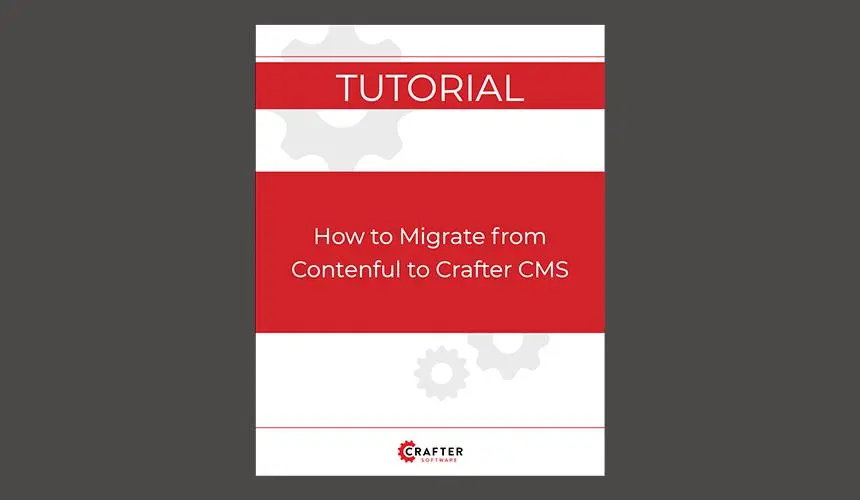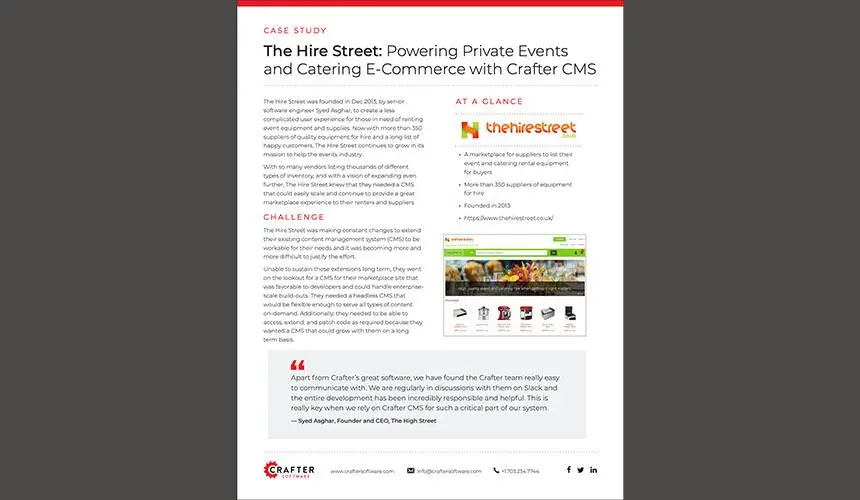How to Succeed with International SEO

Amanda Lee

In today's digital age, expanding your business globally is more feasible than ever. However, reaching international audiences effectively requires a tailored SEO strategy. Here’s a detailed guide to ensure your international SEO efforts are successful.
Define Commercial Goals for International Expansion
Before diving into the technical aspects of SEO, it’s crucial to align your international SEO strategy with your business's broader commercial goals. Understanding why you want to expand internationally and what you aim to achieve will guide your SEO efforts.
- Set Clear Objectives: Determine whether your goal is to increase brand awareness, drive sales, or penetrate a new market.
- Market Research: Conduct thorough research to understand the demand for your products or services in different regions.
- Competitive Analysis: Analyze competitors in your target markets to identify gaps and opportunities.
Prioritize Target Markets
Not all markets will have the same potential for your business. It’s essential to prioritize which regions to target based on various factors.
- Market Potential: Assess the economic landscape, internet penetration, and consumer behavior in potential markets.
- Cultural Relevance: Consider how well your product or service fits with the local culture and consumer preferences.
- Regulatory Environment: Be aware of any regulations or restrictions that might impact your ability to operate in a specific country.
Choose the Right URL Structure
Selecting the appropriate URL structure for your international sites is fundamental for effective SEO. There are three main options: country code top-level domains (ccTLDs), subdomains, and subdirectories.
- ccTLDs: Use country-specific domains (e.g., .fr for France) to signal to search engines and users that your content is targeted to a specific country.
- Subdomains: Create subdomains for different languages or regions (e.g., fr.example.com). This method can be easier to manage but might not carry as much SEO weight as ccTLDs.
- Subdirectories: Organize content under subdirectories (e.g., example.com/fr/) to consolidate your domain’s authority while targeting different regions.
Implement Hreflang Tags Correctly
Hreflang tags are essential for indicating to search engines the language and regional targeting of your pages. Proper implementation helps prevent duplicate content issues and ensures users see the correct version of your site.
- Syntax and Placement: Ensure that hreflang tags are correctly formatted and placed in the HTML <head> of your pages.
- Consistent Use: Include hreflang tags on all relevant pages and ensure they point to the correct regional versions.
- Testing and Validation: Use tools like Google’s Search Console to test and validate your hreflang implementation.
Translate and Localize High-Performing Content
Content translation and localization go beyond mere language translation. It involves adapting your content to resonate with the local audience’s cultural nuances and preferences.
- Professional Translation Services: Utilize professional translation services to ensure accuracy and cultural relevance.
- Local Keyword Research: Conduct keyword research in the target language to understand local search behavior and optimize your content accordingly.
- Cultural Adaptation: Adapt visuals, idioms, and examples to align with local culture and consumer expectations.
Conduct Comprehensive Keyword Research
Keyword research is the foundation of any SEO strategy. For international SEO, it’s critical to perform keyword research in each target language and region to identify the most relevant and high-traffic keywords.
- Local Tools and Data: Use local keyword research tools and resources to gather accurate data.
- Search Intent: Understand the search intent behind keywords in different languages and adapt your content to meet these needs.
- Competitor Analysis: Analyze local competitors to identify keyword opportunities and gaps.
Optimize for Local Search Engines
While Google dominates globally, other search engines like Baidu in China may be more revalent in specific regions. Optimizing for these local search engines is crucial for success.
- Understand Local Algorithms: Research how these search engines rank websites and adapt your SEO practices accordingly.
- Local Directories and Listings: Ensure your business is listed in local directories and business listings to improve visibility.
- Local Content: Create content that appeals to the local audience and adheres to local search engine guidelines.
Ensure Fast Load Times and Mobile Optimization
Website performance is critical for user experience and SEO. Slow load times can negatively impact your rankings and user engagement, especially in regions with slower internet speeds.
- CDN Usage: Use a Content Delivery Network (CDN) to deliver content quickly across different regions. For dynamic content, be sure your Content Management System (CMS) has a decoupled content delivery system that can be deployed to the regions where your audience resides, and can scale easily.
- Mobile Optimization: Ensure your website is fully optimized for mobile devices, as mobile traffic is significant in many regions.
- Performance Monitoring: Regularly monitor your site’s performance using tools like Google PageSpeed Insights and make necessary optimizations.
Monitor, Analyze, and Adjust Your Strategy
Continuous monitoring and analysis of your international SEO efforts are essential for ongoing success. Use analytics tools to track performance and make data-driven adjustments to your strategy.
- Google Analytics: Set up Google Analytics to track traffic, user behavior, and conversions from different regions.
- Search Console: Use Google Search Console to monitor your site’s performance in search results and identify any issues.
- Regular Audits: Conduct regular SEO audits to ensure your strategy remains effective and aligned with your business goals.
International SEO with a Modern Headless CMS
CrafterCMS offers robust support for international SEO through its flexible, headless CMS architecture, enabling global enterprises to efficiently manage and optimize content for global audiences. Here are some key ways CrafterCMS enhances international SEO:
1. Flexible URL Structures
CrafterCMS allows content authors to create and customize URL structures easily, which is crucial for SEO. This flexibility ensures that URLs are user-friendly, descriptive, and optimized for different languages and regions, aiding in better indexing and ranking by search engines.
2. Hreflang Tag Implementation
Hreflang tags are essential for international SEO as they inform search engines about the language and regional targeting of your webpages. CrafterCMS supports the integration of hreflang tags, ensuring that users are directed to the correct language version of your site, thus preventing duplicate content issues and improving user experience.
3. Server-Side Rendering (SSR)
One of the significant challenges with modern web applications is ensuring they are search engine-friendly. CrafterCMS supports server-side rendering (SSR), which pre-renders pages on the server and delivers fully rendered HTML to the client. This approach improves load times and ensures that search engines can easily crawl and index the content, enhancing SEO performance.
4. Multi-Channel Publishing
CrafterCMS’s headless architecture allows content to be created once and published across multiple channels. This "create once, publish everywhere" (COPE) capability ensures that content is consistent and optimized for different platforms, including websites, mobile apps, and social media, which is beneficial for omnichannel SEO strategies.
5. Rich Content Authoring and Localization Tools
CrafterCMS provides a comprehensive content authoring environment with in-context editing, drag-and-drop experience building, and WYSIWYG editors. These tools make it easier for content creators to produce and localize high-quality content tailored to various regions and languages. Localization, which goes beyond simple translation, involves adapting content to local cultural nuances and preferences, significantly boosting engagement and SEO.
6. Performance Optimization
Website speed is a critical factor for SEO. CrafterCMS ensures high performance with its elastic scalability and efficient content delivery. By using its high performance, decoupled, dynamic content delivery system (Crafter Engine) and optimizing server response times, CrafterCMS helps maintain fast load times across different regions, which is crucial for both user experience and search engine rankings.
7. Schema Markup and Metadata Management
Proper schema markup and metadata are vital for helping search engines understand and index content. CrafterCMS allows for easy implementation of structured data using Schema.org markup, enhancing the visibility of your content in search results through rich snippets and better contextual understanding by search engines.
8. Analytics and Continuous Improvement
CrafterCMS integrates with various analytics tools to monitor and analyze the performance of your international SEO efforts. By regularly reviewing analytics data, businesses can make data-driven decisions to adjust and optimize their SEO strategies for different markets, ensuring sustained improvement and growth in search engine visibility.
Conclusion
International SEO is a complex but rewarding endeavor that requires careful planning, execution, and ongoing optimization. By following these steps and adapting to the unique needs of each target market, you can significantly enhance your global visibility and drive growth for your business across the globe.
Expanding your reach internationally opens up new opportunities, but success depends on a well-thought-out strategy that considers the diverse landscapes of global markets. Implement these best practices, leverage a modern and SEO-capable content platform such as CrafterCMS, and watch your international presence thrive.
To learn more how CrafterCMS helps major global enterprises such as Marriott, eBay and MasterCard, schedule a custom demo or sign up for a free trial in the cloud today.
Related Posts

Websites Are Dead?

Mike Vertal

Building Resilient Digital Experiences: Multi-Region Deployment Strategies with Crafter Cloud on AWS

Sara Williams

TYPO3 Alternatives: Why Enterprises Choose CrafterCMS

Amanda Jones

Content Management is Dead?

Mike Vertal
Related Resources
-

CrafterCMS at eBay: The Universal Content Platform for eBay.com
Webcast
-

Personalized Digital Experiences for a Cruise Liner
Webcast
-

How to Migrate from Contentful to CrafterCMS
Tutorial
-

The Hire Street: Powering Private Events and Catering E-Commerce with CrafterCMS
Case Study
-

Future of E-Commerce: Progressive Web Apps, JAMstack, and Headless
Webcast





